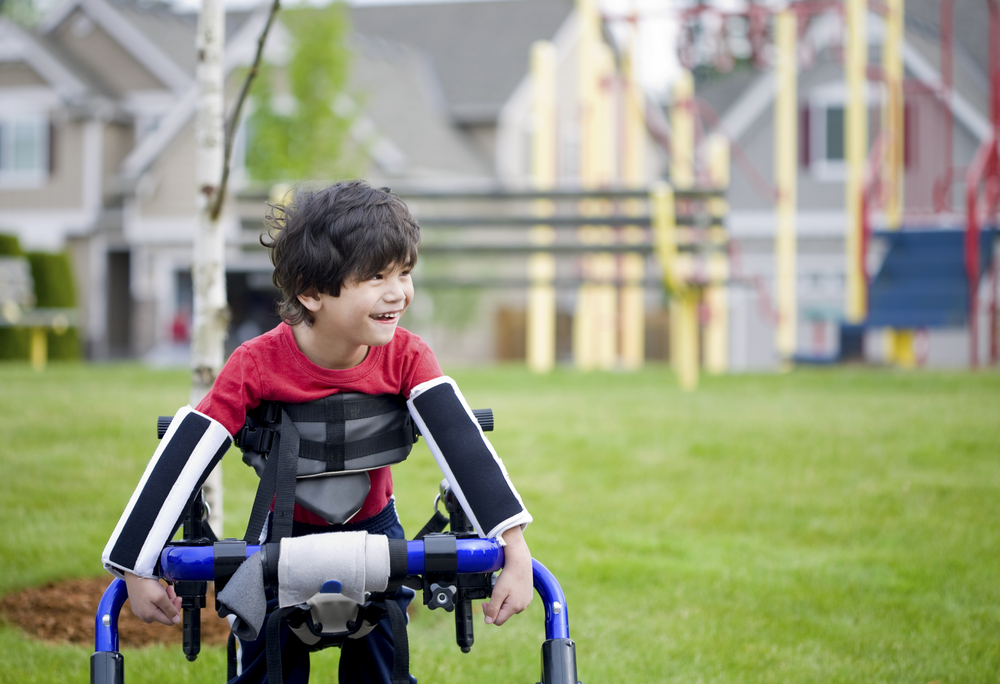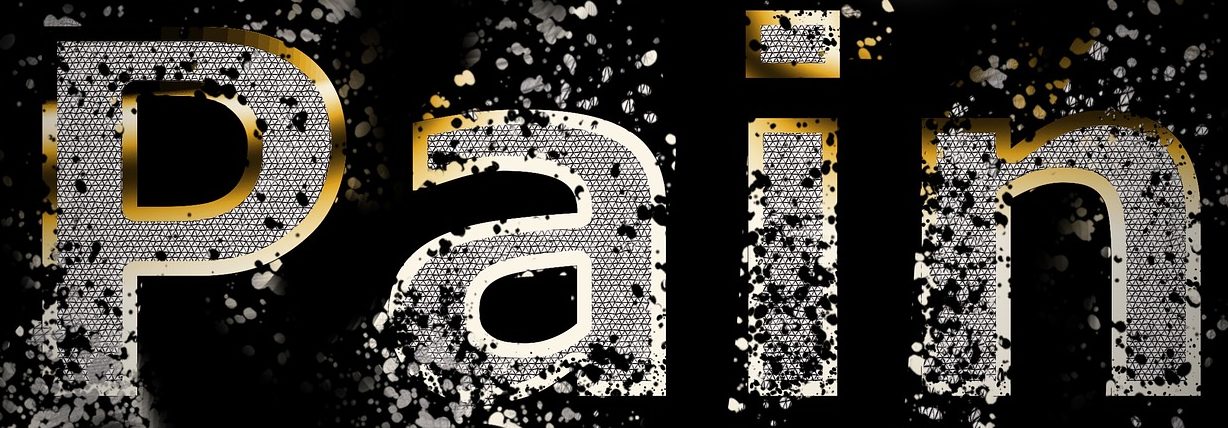Additional therapy for young children with spastic cerebral palsy: a critical appraisal
Posted on 24th January 2017 by Sandie Ferguson

Additional therapy for young children with spastic cerebral palsy: A randomised controlled trial.
Background
Cerebral Palsy (CP) refers to a range of neurological conditions that affect movement and coordination. CP is a very common acquired disability of the central nervous system (CNS), affecting around 2 children in every 100. Children with CP routinely receive physiotherapy to improve or maintain gross motor function. Currently in the UK, physiotherapists treat children with CP with neurodevelopmental therapy that has been developed following the principles of Bobath (Bobath 1980). A number of studies (e.g. Harris; 1988, Hur; 1995) have been carried out to assess the efficacy of physiotherapy for children with CP. However, it is difficult to come to a clear conclusion about the efficacy of physiotherapy, due to problems with the design of the studies.
What was the study?
The study looks at young children with spastic cerebral palsy. The purpose of the study was to determine the effects of additional neurodevelopmental therapy on motor function (i.e. movement and actions of the muscles). The intervention consisted of a control group receiving standard physiotherapy and support, and two intervention groups. One intervention group received an extra hour of physiotherapy and the second intervention group received a weekly home visit from a family support worker.
The inclusion criteria were: being younger than 4 years old and having spastic CP of perinatal origin (i.e. from around the time of birth). Spastic CP is the most common time of CP, characterised by stiff movements. Participants were referred via their paediatrician or a senior paediatric physiotherapist and then screened for eligibility. Ninety families were recruited. However 2 families withdrew, leaving 88 participants in the study.
What were the results?
There was no evidence that increasing therapy improved gross motor function (e.g. the large movements one can make, such as running or jumping). However, as will be discussed, the study was unpowered, making it impossible to say whether there truly was no difference between the groups or whether an effect could not be identified.
What were the strengths and weaknesses of the study?
In order to evaluate the study and interpret the results effectively, the CASP Randomised controlled trial (RCT) tool was used.
- The study is comprehensive in justifying the population, intervention, control group and outcome measures used.
- In order to minimise bias and increase internal validity, the researchers used a sound method of randomisation; a minimisation technique using a phone call to a statistician on a remote site. This meant that the groups were relatively equal.
- The RCT had blinded assessment; this increased the validity of the results. For a therapy trial this is the gold standard as it would be impossible for the participants and therapists carrying out the intervention to be blinded. This trial also included qualitative as well as quantitative analysis (known as a mixed methods study), which is particularly useful in the healthcare setting, given that the person centred care initiative is at the forefront of healthcare education.

- The researchers used a power analysis calculation in order to justify their sample size. To achieve a significant difference in Gross Motor Function Measure (GMFM), they calculated they would need 51 in each group. However, there were only 88 participants in the study. This is a relatively small sample size, and the study was under-powered, making it difficult to say whether there truly was no difference between the groups.
- The inter-rater reliability of the outcome measures (GMFM and Griffiths scale) was checked by two senior physiotherapists and there was a 90% agreement in all cases. Also the intra-rater reliability of the qualitative outcome measures was found to be good as an extra test was carried out to check for “ defensive responding”. There were only 2 cases that produced a score of 24 which would mean an unreliable result. Overall the reliability of the outcome measures was satisfactory.
- All participants within the trial were accounted for and those who withdrew were included in the statistical analysis to determine their effect on the study. It was concluded that the withdrawals were unlikely to have had an effect on the outcome of the study.
- The primary outcome of the study was to investigate the effectiveness of increasing intensity of physiotherapy on motor functioning. The statistical analysis of the GMFM scores was not significant, at p=0.09. However after changing to a bootstrap method (which involves using the sample data and applying it to the wider population) the difference became statistically significant, at p=0.04. However, the bootstrapping method is problematic, and relies on certain assumptions being met. Technically, the data did not meet the assumptions and so using the bootstrapping method was not strictly appropriate. Therefore, although the results did become statistically significant after using bootstrapping, this needs to be viewed extremely cautiously and it is still safer to say that the results were not statistically significant.
Conclusion
Given that the study was underpowered, it is difficult to conclude whether increasing intensity of physiotherapy really does have no effect on improving motor functioning. Therefore, this study arguably did not produce any clinically relevant results. So the question regarding the most effective level of care to provide the best outcome for children with cerebral palsy and their families remains unanswered by this study. Further research is necessary, (ensuring adequate sample sizes), to determine appropriate treatment intensity to maximise developmental progression.
References
Bobath K. A neurophysiological basis for the treatment of cerebral palsy. Clinics in Developmental Medicine No 75. London: SIMP with Heinemann Medical:Philadelphia, PA: Lippincott; 1980.
Harris SR. Early intervention: does developmental therapy make a difference? Top Early Child Spec Educ 1988;7:20–32.
Hur J. Review of research on therapeutic interventions for children with cerebral palsy. Acta Neurol Scand 1995;91:423–32.
WEINDLING, A., CUNNINGHAM, C., GLENN, S., EDWARDS, R. and REEVES, D., 2007. Additional therapy for young children with spastic cerebral palsy: A randomised controlled trial. Health Technology Assessment. May, vol. 11, no. 16,



